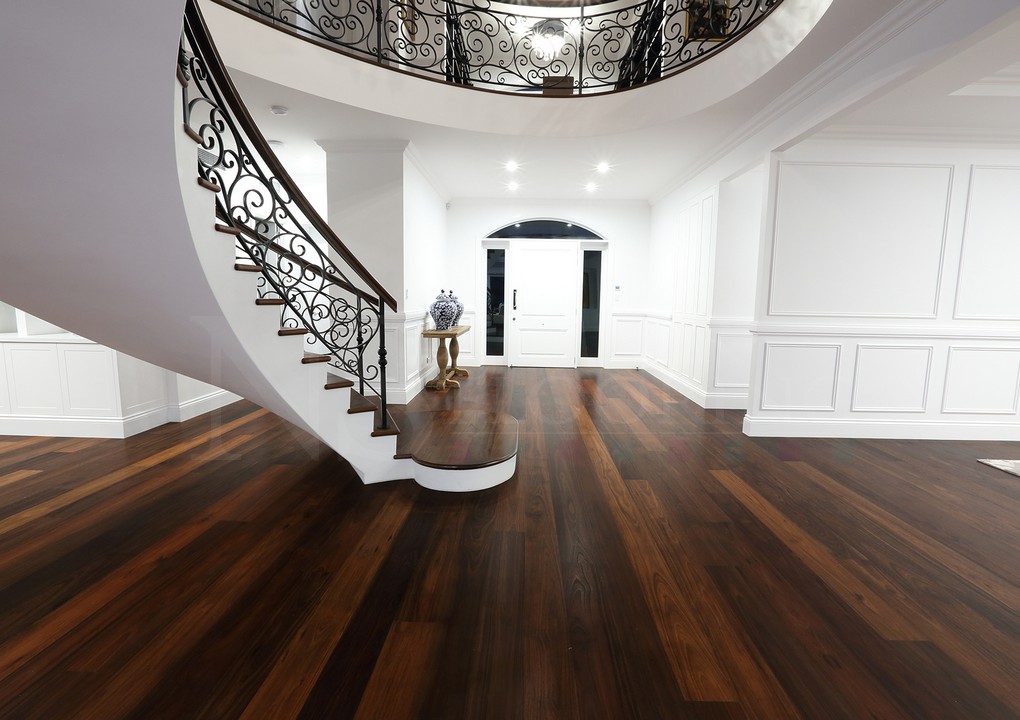Navigating staircases, walking on ramps, or stepping onto landings, while often a subconscious act, are all activities where safety is paramount. Slipping incidents, especially in such areas, can lead to severe injuries. Hence, adhering to strict building standards becomes imperative. In Australia, the stipulated guidelines set by the Building Code and the National Construction Code ensure that slip resistance isn’t an afterthought but a fundamental requisite for builders.
Understanding the Slip Resistance Codes
The Building Code of Australia (2014 – 3.9.1.4) in conjunction with the National Construction Code, lays down specific requirements pertaining to the slip resistance of various structures, most notably:
- Stair Treads: This encompasses the entire tread surface, ensuring a person’s foot has adequate grip. It also takes into account the tread nosing edge strip – the front part of the stair where most footfalls land.
- Ramps: Given the inclined nature of ramps, the potential for slips increases. The code mandates specific slip resistance levels for ramp floor surfaces to counteract this risk.
- Landings: Landing floor surfaces and their edge strips, being the transitional spaces between different levels, are also governed by these slip resistance standards.
An essential point to note is that these guidelines aren’t limited to any specific building material. Whether it’s timber, concrete, or any other material, the requirements remain uniform. Every building class’s stairs must meet a minimum slip rating of R10 or P3, ensuring safety across all construction types.
NS Timber Flooring: Your Partner in Stair Safety
Building in adherence to the set standards can be challenging. For those venturing into construction projects, ensuring compliance can often seem like navigating a maze. This is where NS Timber Flooring steps with over 40 years of industry experience and expertise.
Offering a comprehensive Stair Conformance & Compliance package, NS Timber Flooring ensures that builders and homeowners can seamlessly align their projects with the Building Code of Australia’s stipulations. The package caters to various stair projects and provides a holistic solution to all conformance and compliance needs.
NS Timber Flooring stands out in this field with its QBCC license. Our dedication is further highlighted as they provide essential documentation, like Form 16, to affirm the built stairs align with prescribed safety norms.






